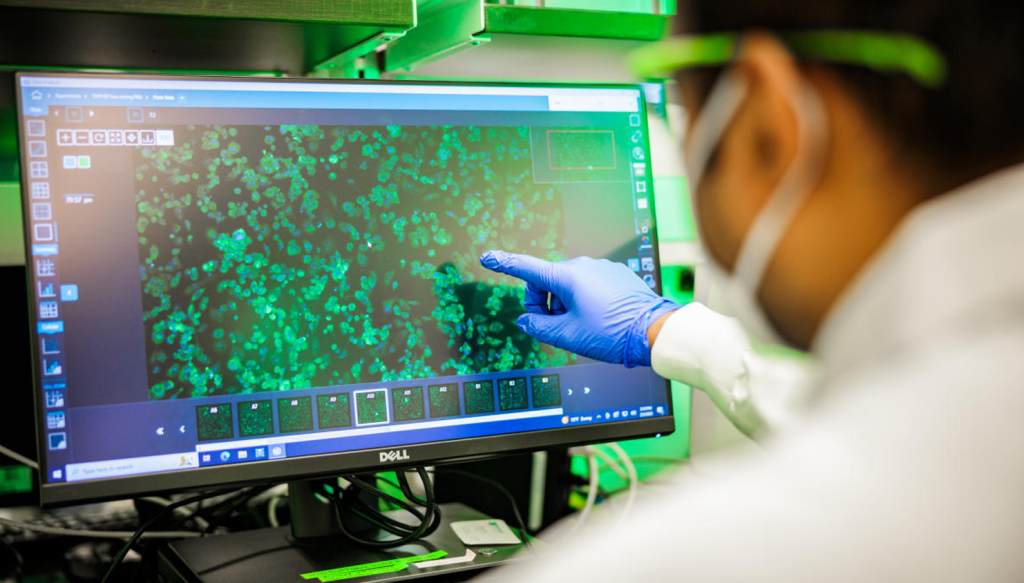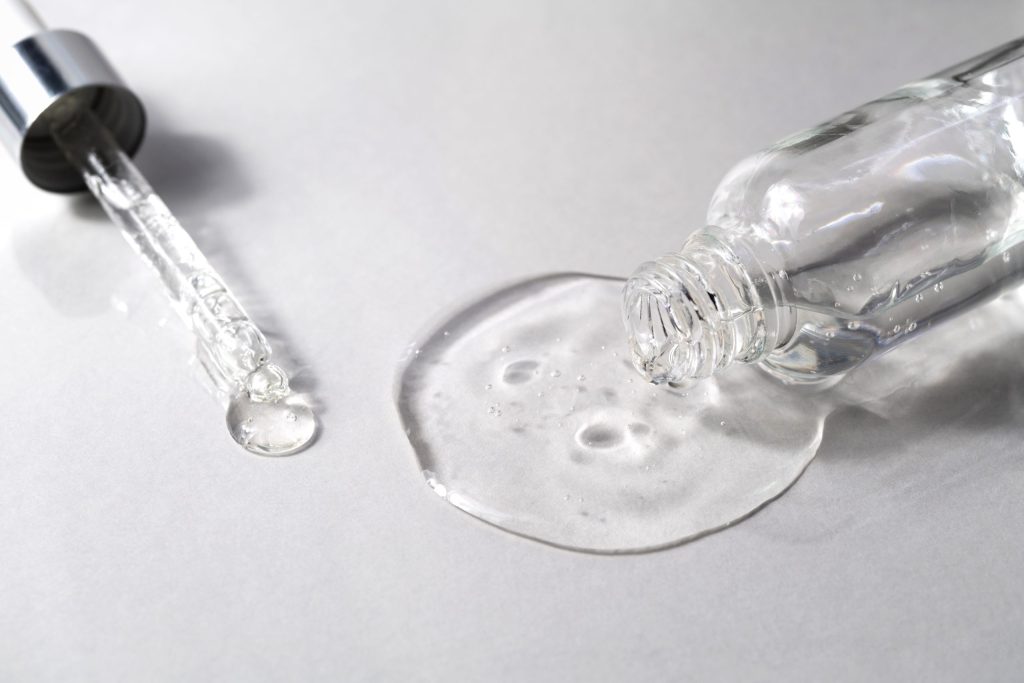Making ozonolysis safe for manufacturing
In 2003, 20 people were injured, some badly, when an ozonolysis reaction at DSM’s facility in Linz, Austria, went awry and the plant blew up.
Tragic events like that are why chemical companies shy away from ozonolysis in manufacturing. Research chemists also avoid the process, in part because they know it can’t readily be scaled up for commercial use.
But reacting ozone across a double bond is a simple, atom-efficient way to produce desirable diacids, aldehydes, and other oxidation products. Being able to do ozonolysis safely would open up a whole new family of reactions for industrial chemists.
That’s what P2 Science intends to do. The Connecticut-based start-up wants to use continuous-flow technology to make ozonolysis safe for chemical manufacturing.
One of P2’s founders is Paul Anastas, a synthetic organic chemist who directs the Center for Green Chemistry & Green Engineering at Yale and is often called the father of green chemistry. The firm’s other founder, and its chief science officer, is Patrick Foley, who was in the first class of Ph.D. graduates to come out of the green chemistry center.
The two scientists formed P2—named for Paul and Patrick—in 2011 to commercialize ideas coming out of the Yale program. Later that year the pair won initial seed funding from Yale-backed Elm Street Ventures. They also brought on Neil Burns, a veteran of specialty chemical companies including Pilot Chemical and Oxiteno, as CEO.
Central to P2’s strategy, Burns says, is its continuous-flow technology, patented with the European engineering firm Desmet Ballestra.
“Ozonolysis has been around for decades,” Burns notes. Like most specialty and fine chemical reactions, traditional ozonolysis is a batch process. It involves bubbling an O3-air mixture into a large reactor over eight hours. The reaction is highly exothermic and can create unstable by-products. In P2’s continuous process, the volume of reactants is one one-thousandth of that in a batch process, and the reaction time is measured in minutes, not hours, Burns says.
P2 is initially targeting aldehyde and ketone fragrance chemicals made by reacting ozone with renewable fatty acids and terpenes. Development agreements with flavor and fragrance companies including Bedoukian Research and Symrise are yielding both new molecules and renewable versions of existing molecules now derived from petrochemicals, Burns says.
The firm has been producing pilot-scale quantities of these compounds at its Woodbridge, Conn., facility. In February, it completed a $9.6 million series B round of financing that was co-led by Xeraya Capital and the venture capital arm of the chemical giant BASF. Burns says P2 will use the money to build its first commercial plant, where its flavor and fragrance molecules will be turned out in larger quantities, and new products, such as surfactants, will be pursued.
At the new facility, P2 will also scale up a vegetable-oil-based route to azelaic acid. This versatile diacid is now made mainly by Emery Oleochemicals, which calls itself the world’s largest industrial producer and consumer of ozone, at a plant in Cincinnati.
Azelaic acid is used in acne and skin-whitening products as well as industrial goods such as polyesters and polyamides. Burns and his colleagues see potential to expand the market further with P2’s safe, continuous ozonolysis process.



